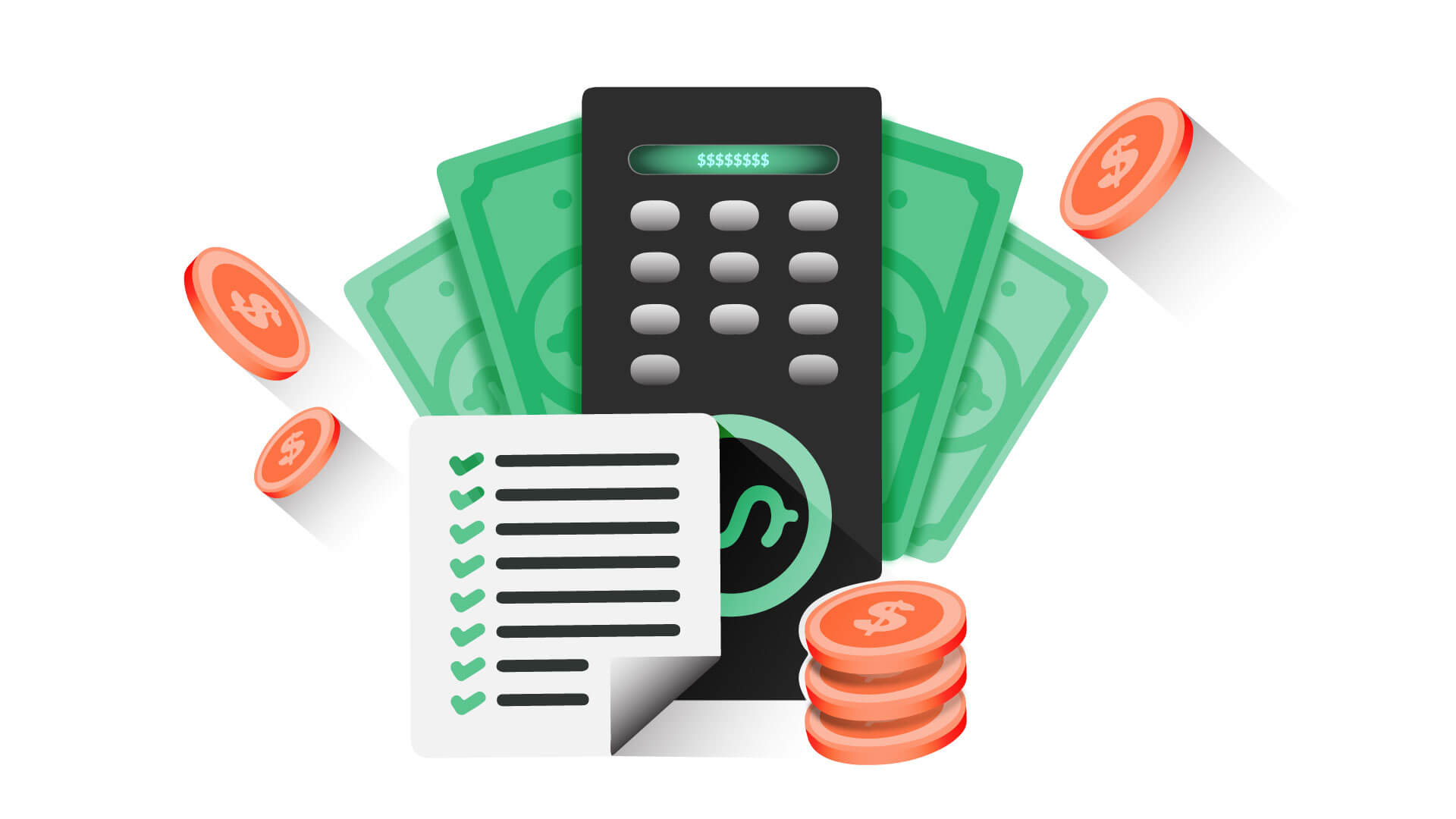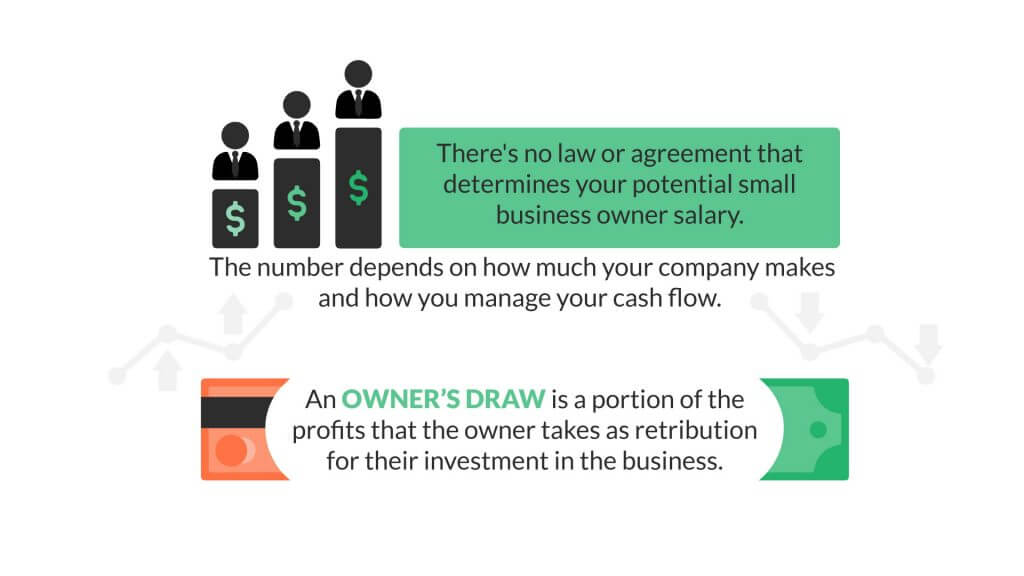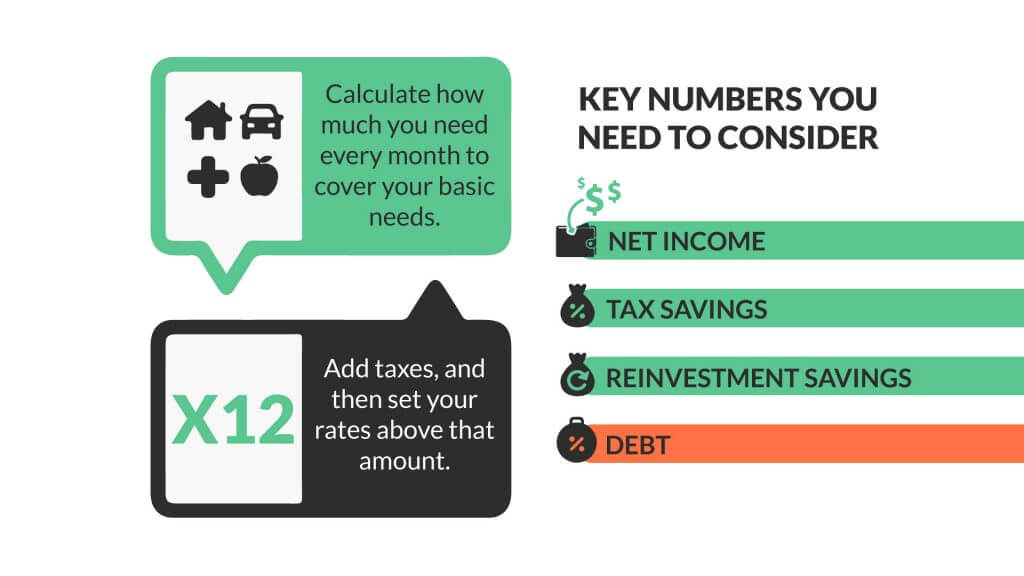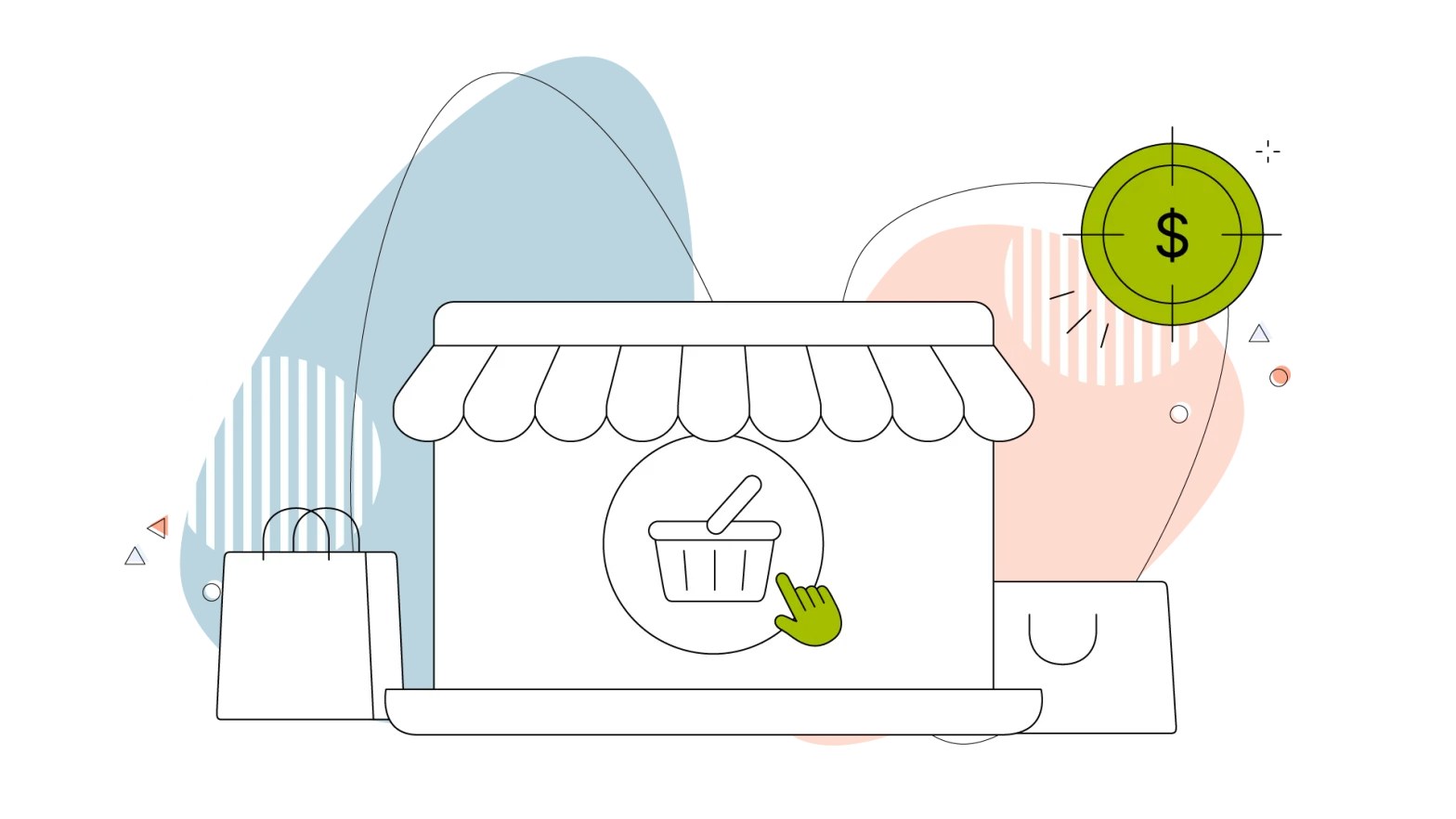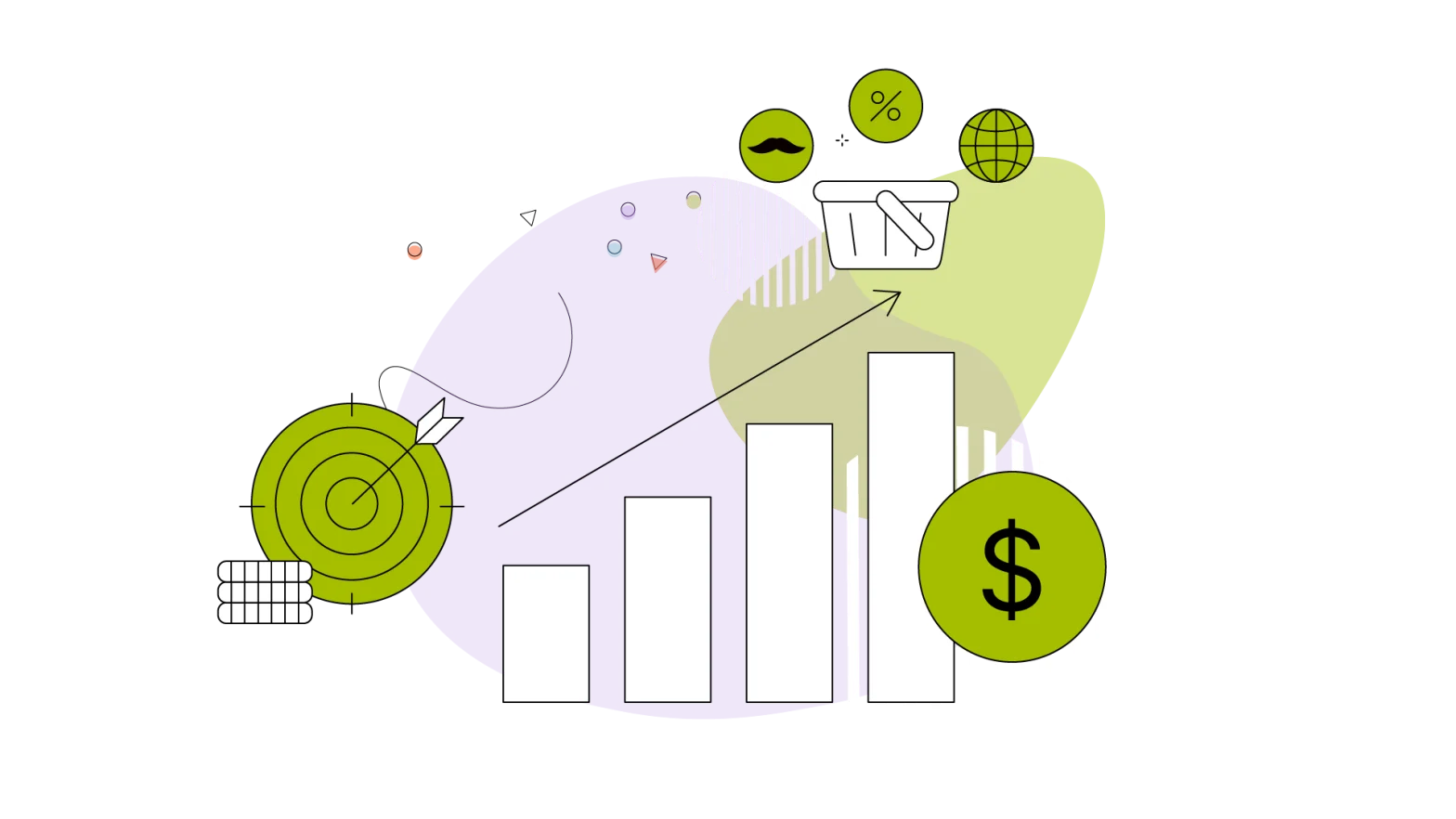If you’re planning to start your own business (whether online or offline), your research has probably brought up many questions. How should you file your taxes from now on? How does hiring people actually work? Do you even need to hire right now? How much does a small business owner make?
In this post, we’ll answer that latter question and explore just how much a small business owner makes in North America.
We’ve compiled all the information you need to calculate your small business owner salary and more. Keep reading to find out!
How Much Does a Small Business Owner Make?
For starters, there’s no fixed number for how much a small business owner makes. If you take a quick look at PayScale data, you’ll find that in the United States, some small business owners earn $30k a year, while others make up to $145k. The Canadian payscale for small business owners features very similar numbers.
There’s no law or agreement that determines your potential small business owner salary. The number depends on how much your company makes and how you manage your cash flow.
Your level of experience, industry, and location will also be decisive factors. According to the US Bureau of Labor Statistics, the average floral designer in the U.S. makes approximately $29k a year, while a web developer makes about $82k.
You may be wondering how to calculate your salary according to how much your business makes, especially if you’re a new small business owner. We’ll cover that in our Small Business Owner Salary Calculator. But before we move forward, it’s important to mention that not all business owners have a salary.
Taking an Owner’s Draw
Whether you can pay yourself a salary to begin with will depend on the type of business you run. If you’re starting a sole proprietorship or partnership in the U.S. or Canada, tax authorities prohibit you from paying yourself as if you were an employee. Instead, you’ll have to pay yourself an owner’s draw. In contrast, if your business is incorporated, you’ll have to pay yourself a salary.
An owner’s draw is a portion of the profits that the owner takes as retribution for their investment in the business. The impact your owner’s draw will have on your tax returns depends on your location, but owner’s draws aren’t usually subject to payroll taxes.
It’s important to note that an owner’s draw doesn’t have to be cash. An owner’s draw could be an asset, such as a computer or even a property.
Even if the amount you pocket monthly isn’t technically a salary, it’s useful to think of it that way. Taking the same amount of money out of your business every month will make your finances more predictable.
Whether a salary or an owner’s draw, let’s find out how to calculate how much you should pay yourself.
How to Set Your Small Business Owner Salary
Often in a company’s early days, owners take one of two roads. They either pay themselves nothing or very little, leaving all profit on the table to reinvest and scale the business. Or they take all (or most) profits to sustain their lifestyle.
Both of these approaches are flawed. Taking too much from the business can rid it of the capital it needs to pay taxes, survive slow seasons, or face unforeseen expenses.
Meanwhile, not paying yourself can distort your vision of your finances while making you less efficient. Worries about your personal financial stability can take your focus away from your business and foster an unhealthy relationship with money.
If you’ve been self-employed, you’re probably familiar with a simple technique for setting your rates: Calculate how much you need every month to cover your basic needs, multiply it by 12, add taxes, and then set your rates above that amount.
Setting your salary as a business owner is a little more complicated. There are four key numbers you need to consider:
- Net income
- Tax savings
- Reinvestment savings
- Debt
Let’s take a closer look at these numbers and how you can use them to set your potential salary.
Small Business Owner Salary Calculator
Our Small Business Owner Salary Calculator consists of this simple formula:
Net Income – (Taxes + Debt + Reinvestment Savings) = Salary
Your net income amount is your gross revenue minus your expenses. It’s what’s left in your pocket after you’ve paid your running costs (including employee wages).
Every month, you should save for taxes. Make sure you deduct approximately 30% of your net income.
Next, deduct any debt or any amount you want to save for future reinvestment. Once you get that resulting number, do what freelancers do: calculate how much money you need every month.
If the money that’s left after you’ve covered all your duties as a business owner is higher than what you need, you have three options:
- Find out the average salary you would be making as an employee in a similar position (considering your workload and expertise), and pay yourself that amount. Add the rest to your reinvestment account, or pay off debt.
- Pay yourself just enough to cover your basic needs and add more to your reinvestment account.
- Take the remaining amount, regardless of how much it is.
Neither choice is universally correct. It’ll depend on your net income, how much you’re already saving, and the stage your business is in.
But what if, after savings, taxes, and debt payments, there’s not enough money to cover your basic needs?
Adjust the Numbers
Your business expenses can be divided into two categories:
- Operating expenses (materials, tools, labour, etc.)
- Overhead expenses (rent, marketing, accounting, etc.)
Overhead expenses are essential, but they’re not directly related to production. It’s common for businesses to continually revise overhead costs because they can be restructured without directly impacting production.
Before you try increasing your profit margin by reducing overhead, consider redistributing the profit you already have. Save less money for reinvestment or make smaller debt payments.
Deciding how much you will pay yourself is all about understanding your business’s financial means and setting priorities accordingly.
Boost Your Growth by Taking Your Business Online
We know that running a small business isn’t easy. But it’s extremely rewarding – it makes a difference in your life and your community. That’s why, at HostPapa, we want to help you with something very important: the digital presence of your business.
HostPapa is the leading small business web hosting provider in North America, but we’re not just an affordable option. Our 24/7 support, robust infrastructure, and small business-optimized services make us your ideal partner for going online. Discover our hosting plans today.
Please note that the pricing in this blog post is current as of the date of publication and is subject to change at any time.
